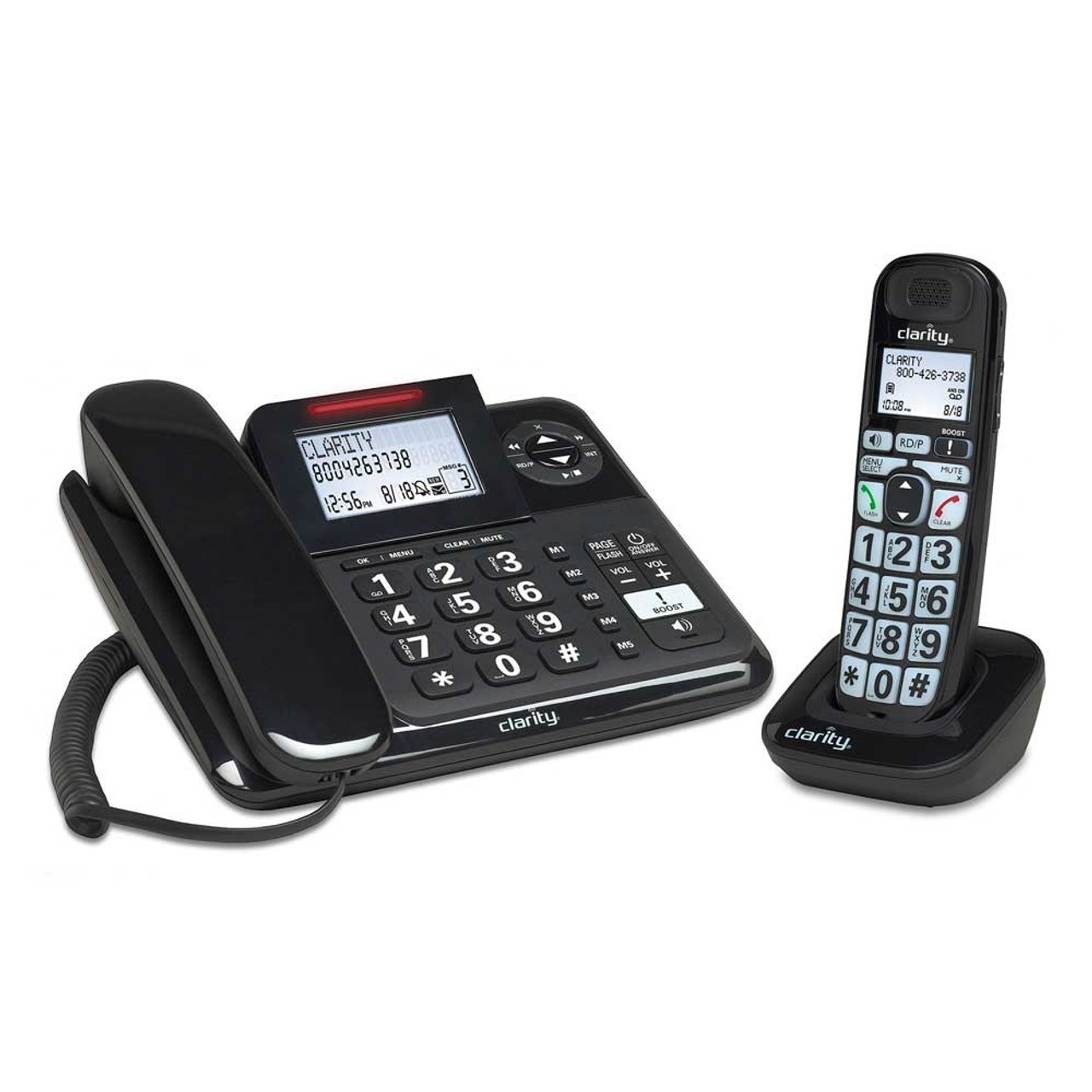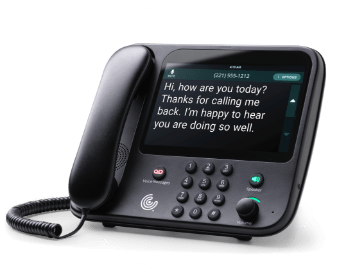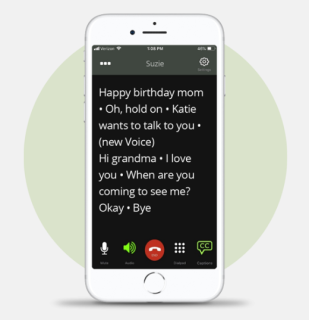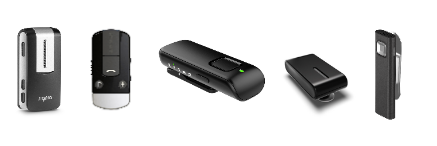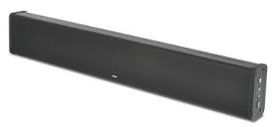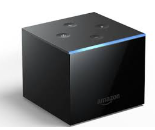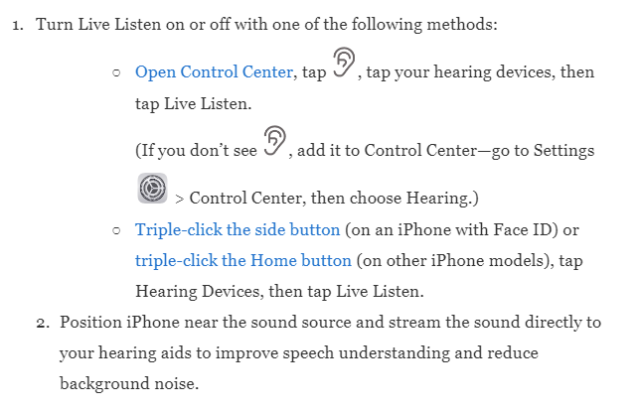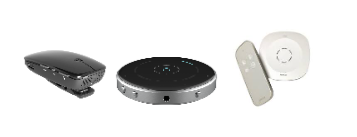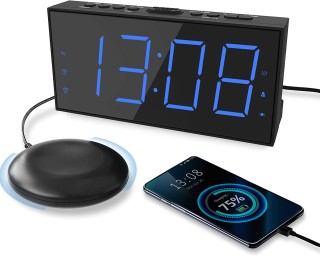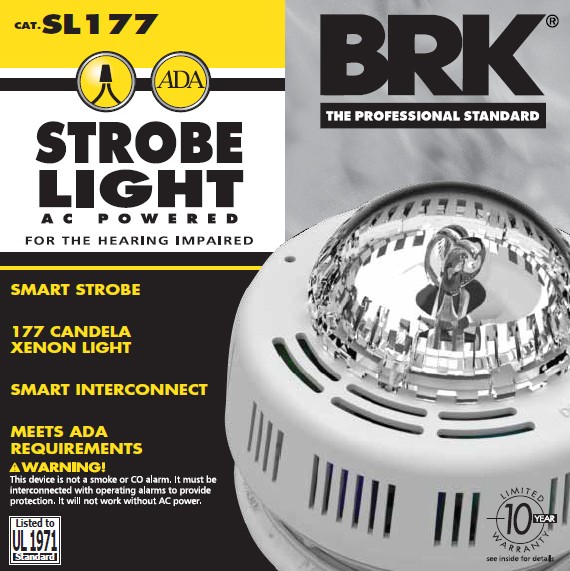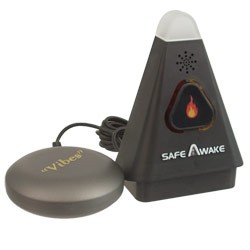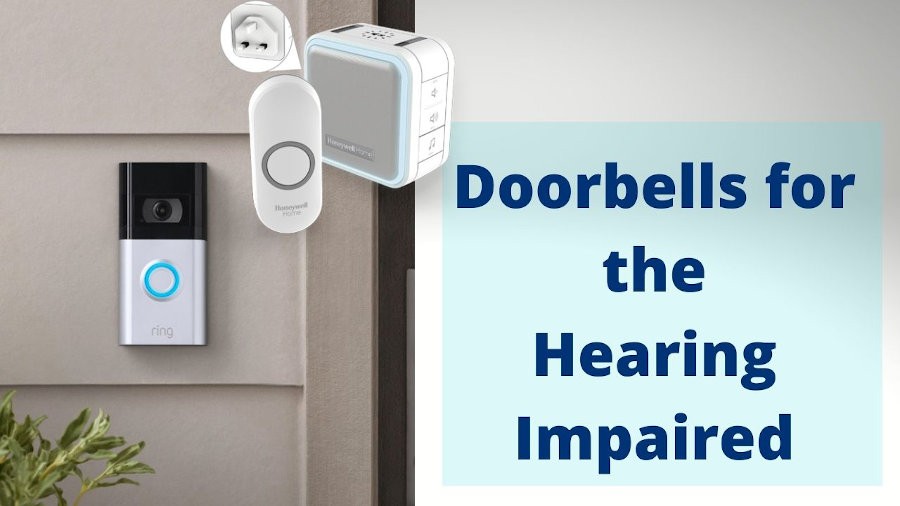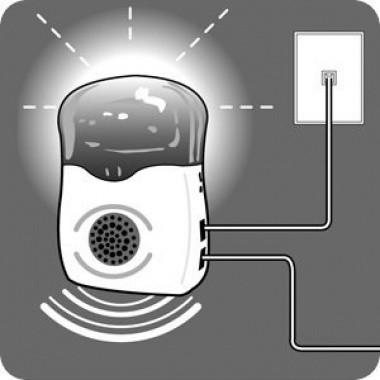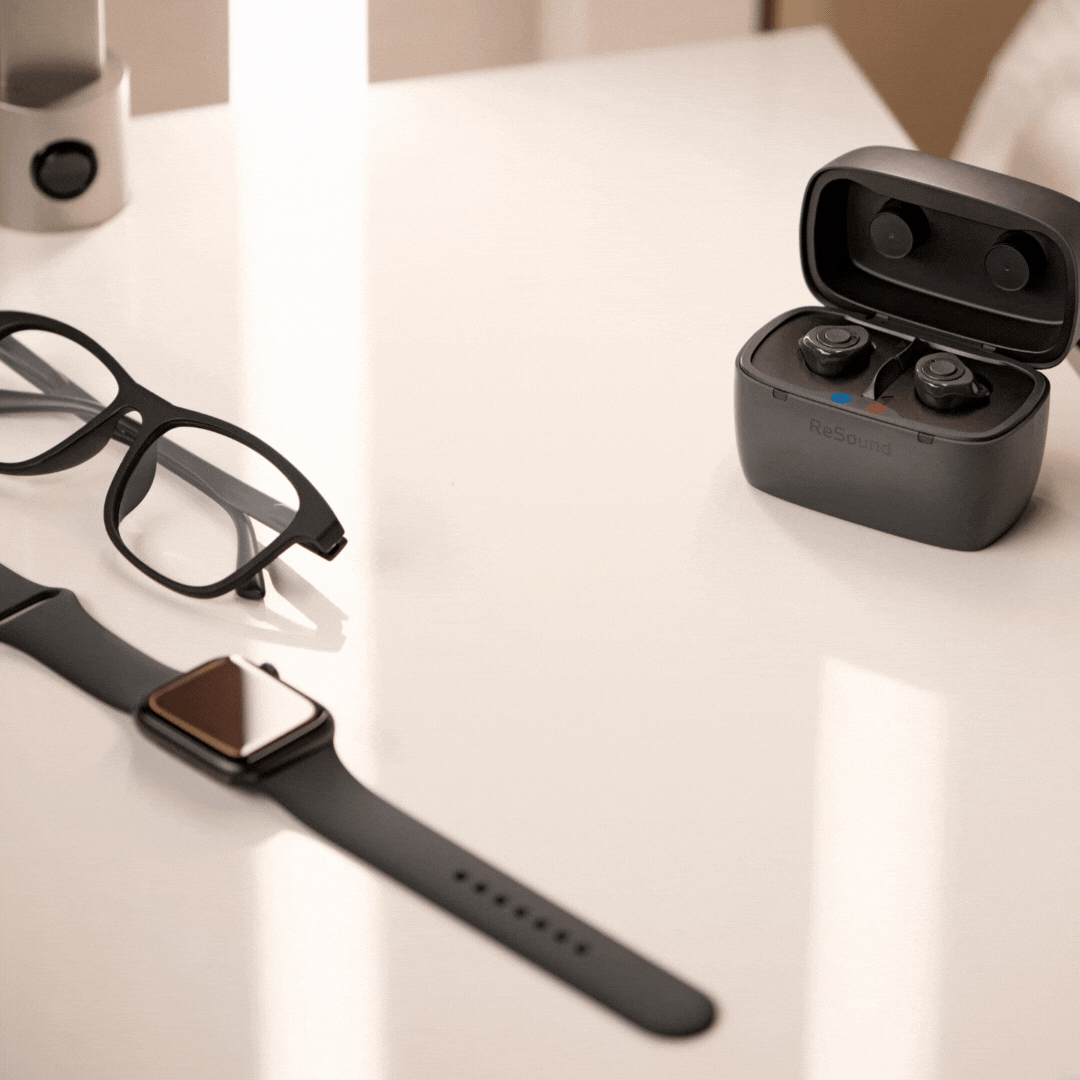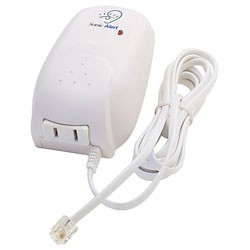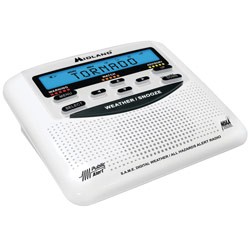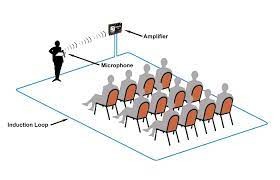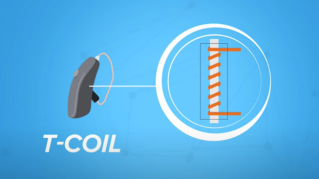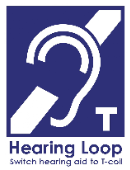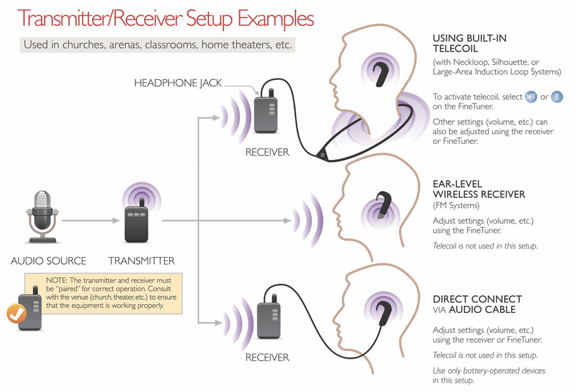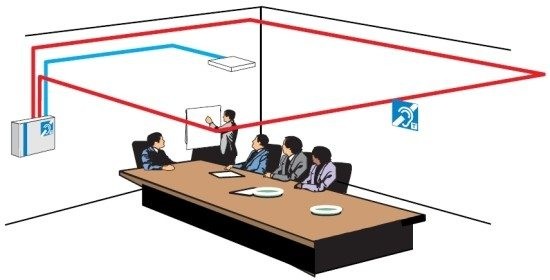Assistive Listening Devices
Alternative Listening Devices (ALDs), are personal technologies that can help you communicate more effectively in difficult situations when your hearing aids aren't quite enough. If you are experiencing difficulties communicating with your hearing aids alone, the first step can be reading some of our tips for communicating with hearing loss. Next, talk to your Audiologist about the large variety of assistive listening devices (ALDs) and assistive listening systems (ALSs) that can better help you in both private and public settings.
Assistive Listening Devices vs. Assistive Listening Systems
- Assistive listening devices enable personal connections to devices, making it easier to hear or communicate. They include:
- Amplified and/or Captioned telephones
- Hearing aid compatible phones and smartphones
- Phone Clips for non-compatible mobile phones
- Television Streaming Devices
- Remote Microphone / Table Microphone devices
- Alerting devices
Assistive listening systems are a gateway through which people with hearing loss access the sound being transmitted through a public address system or sound system. If a person wants to conveniently connect to one of these systems, it is useful for their hearing device to have a telecoil. ALS for large facilities include:
Assistive Listening Devices (ALD's)
Amplified / Captioned Telephones
Amplified phones are specifically designed for people with hearing loss, allowing you to turn up the volume as necessary to hear speech clearly. You do not need to wear hearing aids to benefit from these devices. They can make it easier to hear high-pitched sounds, the same sounds many people with hearing loss struggle to hear. These phones sometimes also feature amplified ring tones so you'll never miss a call.
Captioned phones provide real-time captioning, which are particularly helpful for people with severe to profound hearing loss who struggle to communicate over the phone even with hearing aids and an amplified system. We all rely strongly on visual cues to help us understand speech, when these cues aren't available in a phone call, having this helpful captioned information can bring us a lot of clarity & understanding.
Hearing Aid Compatible Phones and Smartphones
By law, telephone manufacturers must make phones compatible with hearing aids. This includes smartphones like iPhones and Androids. With new Bluetooth technology, hearing aids can now connect to iPhone and Android to allow hands free wireless streaming of phone calls & media to both hearing aids at the same time! This has been a great help for patients with hearing loss to use their binaural listening (use of both ears) to encourage better communication on the phone and improved word understanding.
Other phones can be hearing aid compatible as well. Examples like landline/work phones generally use either acoustic or telecoil coupling.
- Acoustic coupling picks up and amplifies sounds from the phone as well as any noise around you and sends that sound through the hearing aid microphones and into your ears.
- Telecoil coupling requires your hearing aid to be equipped with a telecoil, a special feature that only picks up the phone signal for amplification. Telecoils in hearing aids are desirable for many people because background noise is blocked out during phone calls. **Ask your provider if your hearing aids have a telecoil feature that may not be activated in your hearing aids!**
Additionally, phone applications can serve as their own unique ALDs. For example, caption apps can provide text translation for speech directly from your cell phone. There are some personal assistive listening devices that may help you connect your hearing aids to a phone if they are currently not compatible with these features and we will talk about that right below!
Phone Clips
Television Streaming Devices
One of the first indications of hearing loss often occurs when watching television. People living with hearing loss often increase the volume, sometimes to a level that friends or family members find uncomfortable. What's more, an increase of volume doesn't always mean an increase in clarity.
One of our Audiologists first recommendations for better TV listening even with hearing aids is considering the use of Closed Captioning [CC] to improve speech understanding for difficult to hear TV programs.
A second recommendation prior to considering accessories like a TV streamer can be discussing the purchase of a Sound Bar that can direct the TV signal straight to you. Most flat screen televisions have their speakers on the back of the TV. While most of our patient's TV setups are in a cabinet or against a wall, this can pose a challenge when the sound needs to bounce around the room to get to their hearing aids. A sound bar can in some cases provide a clearer signal straight to the hearing aids and provide significant improvement in benefit.
If we've tried these solutions, or maybe these solutions are out of the question for our patient, we can always discuss a TV streamer that allows you stream stereo sound from the television straight to your hearing aids. Meanwhile, your friends and family can listen at a comfortable volume for them. All major hearing aid manufacturers offer accessories like this, and with new smartphone capabilities the hearing aid user can adjust the sound quality of the streamed sound straight from an app on their phone, or even adjust volume from the buttons on their hearing aids!
A new release in technology through Starkey (one of the major hearing aid manufacturers) now allows direct streaming of their hearing aids to an Amazon Fire TV Cube! If you have Starkey hearing aids, ask your Audiologist if they are compatible with this new affordable solution!
Remote Microphone Devices
Remote microphone technology is a proven and effective method of maximizing the help hearing aids can provide in the most demanding listening situations. Users can reconnect to their favorite activities even in the face of background noise, limited visual cues, speech at a distance, and in multiple talker activities. Remote microphones are a great recommendation for patients with more severe/challenging hearing loss with poorer word understanding abilities (even with hearing aids alone).
A hearing aid user can give a remote microphone to a conversational partner, or place it near people they want to hear more clearly. The microphone picks up the sound of interest close to the source and transmits it wirelessly to the user's hearing aids.
Remote microphone technology provides hearing aid users more confidence and clearer understanding with conversation in difficult listening environments (ie. noisy restaurants, bible studies, small groups, church, academic setting, riding in the car). Hearing Aids may provide audibility in these situations, but may not always provide perfect speech clarity. A remote microphone is a great addition to your hearing aids to improve your independence and confidence when communicating in these environments! Ask your Audiologist about a recommendation that can pair with your current hearing aids.
New iPhone adaptations have now allowed for iPhone users to utilize a feature called Live Listen to turn their phone into a remote microphone like device.
Table Microphone Devices
Following a conversation between people at the dinner table, family parties, in a business meeting or at a presentation in an auditorium can be tough if you have hearing loss. All those voices seem to blend together. Table Microphones -or- Multi Mic's can enhance your hearing and extend your listening range with hearing aids. These are small, flexible solutions to let you hear up to a further distance (up to ~80 feet away / with direct line of sight of speaker) without having to wear an extra device around your neck. These devices are designed to lay horizontally on a level surface like a table and it switches into a mode of built-in microphones listening for the primary speaker's voice and streaming it directly to your hearing aids.
For one-on-one situations these table/multi mics can typically clip vertically onto the clothing of the person you want to talk to and enjoy the conversation, even in background noise. These devices can be great recommendations for active patients in varieties of listening environments. Ask your Audiologist if this can be a good recommendation for you and your current hearing aids!
Alerting Devices
Hearing aids and Assistive Listening Devices are great ways to keep our patients with hearing loss independent and confident in their communication abilities. More often than not, these patients can have concerns for safety and environmental awareness with and without hearing aids.
Alerting and alarm devices are designed for people who are hearing impaired keeping our patients connected and safe every day and in emergency situations. In general, alerting devices include specialized alarm clocks, smoke alarms and carbon monoxide monitors, doorbell and phone signalers, baby cry alerts, and weather alerts. Many of these are intended to be used when a person is asleep and not wearing their hearing aid.
They mostly use one or more of these types of signals:
Visual: A bright flashing light (ie. light flashing notifications for phones/alarm clocks with light brightening technology)
Vibrotactile: A vibrating or shaking component (ie. bed shaker alarm for under mattress)
Auditory: increased volume and use of lower frequency sounds (ie. amplified/sound modified alarm clocks)
As smartphone technology improves, many of these functions are possible via your phone. For example, if you have a doorbell camera, you can turn on vibrating phone notifications when the camera senses motion or someone rings the bell.
Alarm clocks for the hearing impaired
Hearing a standard alarm clock can be a challenge for people with hearing loss. Specially-designed alarm clocks for people who have hearing loss come in many forms, including those that have built-in strobe lights or bed-shakers and those that have an outlet where you can plug in a vibrating alert, or a lamp to wake you up each morning.
Smoke, fire and carbon monoxide detectors
Fortunately, there are smoke alarms made for the hard of hearing. Some of these devices are sold separately while others are part of a combination fire and carbon monoxide detection system. Many have amplified loud alarms as well as flashing strobe lights, depending on your need. There are also bed-vibrating fire alarms that have a component that goes under your pillow or mattress—depending on its strength—and alerts you to a fire by shaking you awake.
There are also alerting devices with technology that detect the pitch of your existing smoke detector and respond with a much louder, lower-pitched sound that is more likely to wake you. Some devices shake you awake while the digital display turns orange and says "FIRE."
Doorbell signalers
There are doorbell signalers which work with or without an existing doorbell to make sure you know when someone is at the door. There are also security signalers that alert you if a door or window is opened in your home. Door signalers can range from a simple flashing strobe light to a system connected to your phone or one with its very own receiver. There are some that you keep in a central location in your home and they alert you, through a message and/or a flashing light when you're receiving a phone call or someone is ringing the doorbell.
Phone signalers
Phone signalers either plug directly into the outlet and phone line or are attached to the side of a phone to pick up the sound directly. However, with the prevalence of cell phones today, there are more unique, discreet and advanced options on the market than ever before.
Newest phone technology
Discreet and modern bracelets and smartwatches can now alert people when their cell phone is ringing. Even people without hearing loss can benefit from this, such as when your cell phone is on silent or tucked away in a purse or bag, but people with hearing loss can especially benefit since they often don't hear their phones ringing. Smartwatches can vibrate to alert you to incoming calls.
Baby cry signalers
Regular baby monitors often do not generate enough sound for people with hearing loss to determine if their babies are crying. But manufacturers now make transmitters and receivers specifically meant to detect a baby's crying and transmit it to a central alert system.
Weather alerts
Sometimes, people with hearing loss do not know about a dangerous storm because they cannot hear the rumble of thunder or crack of lightning. Additionally, some people don't watch TV or listen to the radio. In these cases, weather alerts can give warnings about impending storms. A weather alert radio can be used by itself or with other alerting accessories, such as strobes or bed-shakers, depending on your needs and preferences. Click here for for weather safety information from the weather.gov
Where do I get alerting devices?
Common manufacturers and brands include Clarity, Clear Sounds, Diglo, Hear More, Sight & Sound, and Teltex, Inc.
You can also buy many of these manufacturer's products online or in some stores. Your hearing care provider also can likely recommend devices that will work well for your needs.
In some cases, you may be eligible for free or discounted devices via your state's disability services. To learn more about state resources for people who are hard of hearing, schedule an appointment with one of our audiologists to discuss what options may be best for you and your needs! Additionally, veterans who qualify for VA hearing care may be eligible for hearing aids and alerting devices.
Alternative Listening Systems (ALS's)
Hearing Loop Systems
Hearing Loops or Induction Loops consist of a copper wire placed around a room, theater, or counter which is connected via a special loop driver to a public address or sound system. An electromagnetic field is created that connects to a telecoil in hearing aids, cochlear implants or telecoil receivers.
Loops are the most user-friendly of assistive listening options and the consumer's #1 choice. Hearing loops are simple, discreet and effective. Users simply switch their devices to the telecoil program and automatically receive clear customized sound directly to their ears.
People who do not have hearing aids or who do not have access to telecoils in their hearing aids or streamers need to use a hearing loop receiver and headphone to connect to the system. These are commonly available at certain theaters and need to be requested ahead of your visit to ensure you are seated in the appropriate place.
What's a telecoil or t-coil?
A telecoil (t-coil) is a wire that is installed inside many hearing aids and cochlear implants to act as a miniature wireless receiver. It was originally designed to make sounds clearer to a listener over the telephone. It also is used with a variety of other assistive listening devices, such as hearing loop (or induction loop) systems, FM systems, infrared systems, and personal amplifiers. T-coils are an essential component for anyone wishing to easily and directly access an assistive listening system.
The telecoil works by receiving an electromagnetic signal from the hearing loop and then turning it back into sound within the hearing aid or cochlear implant. This process eliminates much of the distracting background noise and delivers sound customized for your hearing needs. For people who do not have a telecoil-equipped hearing aid or cochlear implant, loop receivers with headsets can provide similar benefits but without the customized feature that matches your individual hearing loss pattern. When being fit for a hearing aid, ask your audiologist to include a telecoil in the initial order if they haven't already. This will always grant you access to these features!
Look for this common sign in public to see if this is an option for you to use with your hearing aids!
FM Systems
FM systems or Radio Frequency Assistive Listening System is a wireless low power FM frequency radio transmission from a sound system to FM receivers. An advantage of this system over an infrared system is, it is not affected by direct sunlight. A disadvantage is, it offers less confidentiality because the signals cannot be contained within a given space.
Everyone using the system needs a receiver and either a headphone or a neck loop.
For those who have telecoil-equipped hearing aids and cochlear implants, neck loops eliminate the need for headphones.
Infrared Systems
Infrared Systems (IR) works like TV remote controls. A transmitter sends speech or music from a public address or sound system to an IR receiver using invisible infrared light waves. This technology is line of sight and cannot be used outdoors during the daytime due to being affected by light. Because IR signals are sent and received in a straight line, users are encouraged to sit as centrally as possible; those sitting in balconies or other areas with poor sight lines may experience interference or receive no sound signal at all.
Everyone using the system needs a receiver and either a headphone or a neck loop. For those who have telecoil-equipped hearing aids and cochlear implants, neck loops eliminate the need for headphones.
The First Step
If you or a loved one are having concerns about hearing aid benefit (no matter the severity), our offices are readily available to provide an evaluation, consultation, and treatment recommendation best suited for you. The first step is reaching out!
Call our offices at (704) 703-1080 or
book an appointment online today!
References:
- https://www.hearingloss.org/hearing-help/technology/hat/alds/
- https://www.nad.org/resources/technology/assistive-listening/assistive-listening-systems-and-devices/
- https://www.audiology.org/consumers-and-patients/managing-hearing-loss/assistive-listening-and-alerting-devices/
- https://www.nidcd.nih.gov/health/assistive-devices-people-hearing-voice-speech-or-language-disorders

